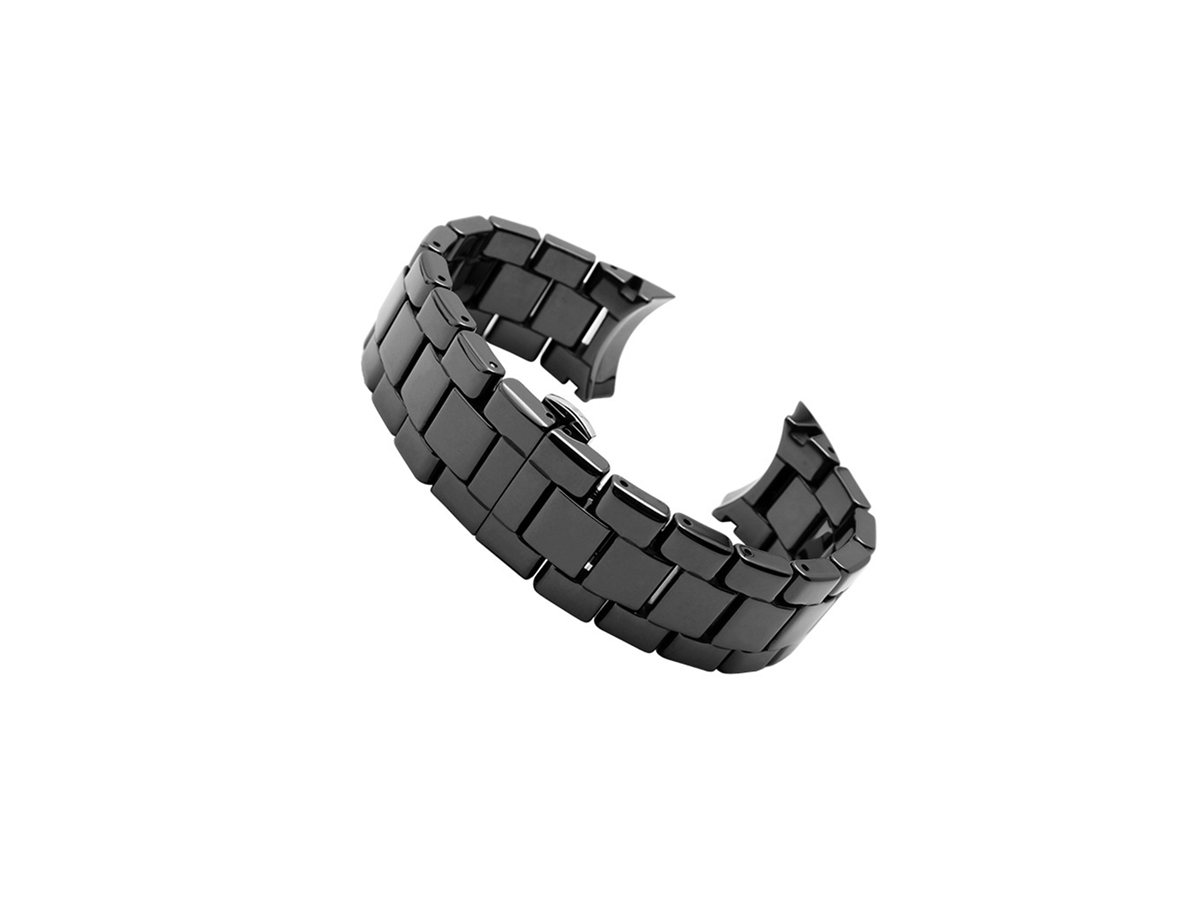Ceramic Rapid Molding for High-Precision Components in Advanced Manufacturing
Introduction
Ceramic rapid molding is revolutionizing advanced manufacturing by enabling fast and accurate production of high-precision components. Industries such as aerospace, medical devices, and power generation utilize rapid molding to efficiently produce ceramic parts with exceptionally tight tolerances (±0.02 mm). Commonly molded ceramics include Alumina (Al₂O₃), Zirconia (ZrO₂), and Silicon Nitride (Si₃N₄).
Rapid ceramic molding offers precise geometry, excellent thermal resistance, and superior mechanical properties, significantly enhancing product reliability and performance in demanding environments.
Ceramic Material Properties
Material Performance Comparison Table
Ceramic Type | Flexural Strength (MPa) | Fracture Toughness (MPa·m¹/²) | Thermal Conductivity (W/m·K) | Max Temp (°C) | Applications | Advantages |
|---|---|---|---|---|---|---|
350-600 | 3.5-4.5 | 25-30 | 1750 | Electrical insulators, bearings | High electrical insulation, excellent wear resistance | |
900-1200 | 8.0-10.0 | 2-3 | 1500 | Surgical tools, cutting tools | Exceptional strength, superior toughness | |
700-1000 | 6.5-7.0 | 20-30 | 1400 | Engine parts, aerospace components | High-temperature stability, high mechanical strength | |
400-550 | 4.0-5.0 | 120-170 | 1600 | Heat exchangers, industrial seals | Excellent thermal conductivity, high thermal shock resistance |
Material Selection Strategy
Selecting ceramics for rapid molding involves analyzing mechanical performance, thermal requirements, and specific application demands:
Alumina (Al₂O₃): Ideal for components requiring excellent electrical insulation and high wear resistance with moderate flexural strength (up to 600 MPa). Widely used in electronics and precision bearings.
Zirconia (ZrO₂): Preferred for applications demanding high toughness (fracture toughness 8.0-10.0 MPa·m¹/²) and strength (up to 1200 MPa), particularly in surgical tools and precision cutting tools.
Silicon Nitride (Si₃N₄): Best for components exposed to high temperatures (up to 1400°C) and mechanical stresses, offering superior strength (up to 1000 MPa) and high fracture toughness. Commonly applied in aerospace engine parts.
Silicon Carbide (SiC): Suitable for extreme temperature conditions (up to 1600°C) requiring high thermal conductivity (up to 170 W/m·K) and excellent thermal shock resistance, frequently used in heat exchangers and seals.
Rapid Molding Processes for Ceramic Components
Rapid Molding Process Comparison
Rapid Molding Process | Accuracy (mm) | Surface Finish (Ra µm) | Typical Uses | Advantages |
|---|---|---|---|---|
±0.02 | 0.4-1.6 | Complex geometries, small precision components | High precision, excellent surface finishes | |
±0.2 | 2.0-6.0 | Large components, prototype parts | Economical, flexible for large-scale components | |
±0.1 | 1.0-4.0 | High-strength parts, prototypes | Good dimensional accuracy, superior mechanical properties |
Rapid Molding Process Selection Strategy
Choosing a suitable ceramic molding process involves assessing part complexity, dimensional precision, and production volume:
Ceramic Injection Molding (ISO 22068): Optimal for small, high-precision ceramic components requiring tight dimensional tolerances (±0.02 mm), ideal for intricate geometries used in medical and aerospace sectors.
Slip Casting (ASTM C1161): Cost-effective method for producing large ceramic components or low-volume prototypes, suitable for general-purpose industrial ceramics requiring moderate accuracy (±0.2 mm).
Gel Casting (ASTM C1421): Recommended for high-strength ceramic prototypes with good accuracy (±0.1 mm) and excellent mechanical performance, suitable for demanding engineering and power-generation applications.
Surface Treatments for Ceramic Components
Surface Treatment Comparison
Treatment Method | Surface Roughness (Ra µm) | Wear Resistance | Max Operating Temp (°C) | Applications | Key Features |
|---|---|---|---|---|---|
≤0.2 | Excellent (ASTM G99) | 1200 | Precision optics, medical tools | Ultra-smooth surface finish | |
0.5-1.5 | Good (ASTM C1327) | 1100 | Insulators, industrial ceramics | Enhanced chemical resistance, improved surface smoothness | |
≤0.5 | Superior (ASTM B117) | 1400 | Aerospace components, cutting tools | Enhanced hardness, extreme temperature resistance | |
≤0.1 | Superior (ASTM F1978) | 1000 | Precision mechanical components, seals | Exceptional dimensional accuracy and flatness |
Surface Treatment Selection Strategy
Proper surface treatments significantly enhance the performance and durability of precision ceramic components:
Polishing: Recommended for medical tools and precision optics, achieving ultra-smooth finishes (Ra ≤0.2 µm) and superior wear resistance.
Glazing: Ideal for insulators and general-purpose industrial ceramics, providing improved chemical resistance and moderate surface roughness (Ra 0.5-1.5 µm).
CVD Coating: Preferred for aerospace and high-wear applications requiring extreme hardness and high-temperature resistance up to 1400°C.
Lapping: Essential for precision components demanding excellent dimensional accuracy and flatness (Ra ≤0.1 µm), commonly used in mechanical seals and bearings.
Typical Prototyping Methods
Ceramic Rapid Molding Prototyping: Quickly produce precise ceramic prototypes (±0.02 mm) for functional validation.
Ceramic CNC Machining: High-accuracy finishing (±0.005 mm tolerances), ensuring dimensional precision.
Ceramic 3D Printing: Efficiently produces complex geometries (±0.1 mm accuracy) for initial design assessment.
Quality Assurance Procedures
CMM Dimensional Inspection: ±0.002 mm accuracy (ISO 10360-2).
Flexural Strength Testing: ASTM C1161 compliance.
Fracture Toughness Assessment: ASTM C1421 methods.
Surface Finish Measurement: ISO 4287 standard compliance.
Thermal Conductivity Testing: ASTM E1461 validation.
Visual Inspection: ISO 10545 for surface defects.
ISO 9001 Quality Management: Ensuring consistent production standards.
Key Industry Applications
Aerospace engine components
Medical devices
Electronics insulators
Precision industrial tools
Related FAQs:
What makes ceramics ideal for precision components?
Which molding process provides highest ceramic precision?
How do surface treatments improve ceramic performance?
What quality standards apply to ceramic molded parts?
Which industries benefit from ceramic rapid molding?

